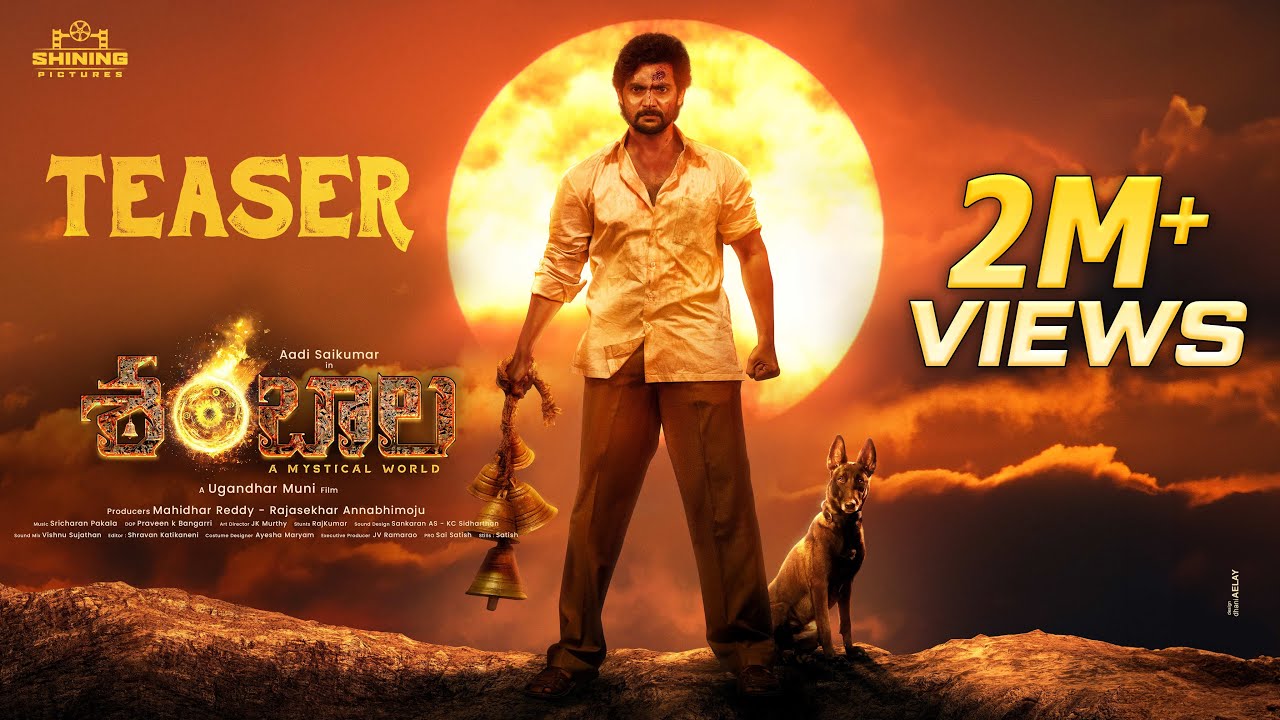Shambhala (2024) Movie Review: A Soul-Stirring Journey Through Love, Loss, and Self-Discovery
Introduction
Set in the heart of the Himalayas, Shambhala captures the soul of a society steeped in tradition yet on the brink of change.
Directed by Min Bahadur Bham, the film explores a woman’s transformation against breathtaking backdrops and cultural nuances.
Storyline and Themes
Pema’s life spirals when her husband Tashi vanishes on a trade mission.
Struggling against suspicion in a polyandrous society, she sets off with Karma, Tashi’s brother, to find him.
Their journey is more than physical—it’s deeply spiritual.
The evolving bond between Pema and Karma brings layers of tension, reflection, and emotional vulnerability.
The narrative weaves themes of faith, reincarnation, and inner freedom.
The harsh terrain becomes a mirror of Pema’s inner turmoil and strength.
Character Arc Analysis
Pema’s transformation anchors the film.
From a submissive wife to a seeker of truth, her evolution is both powerful and tender.
Thinley Lhamo channels Pema’s arc with raw emotion and restraint.
Her eyes carry the weight of grief, hope, and ultimately, enlightenment.
Karma, portrayed by Sonam Topden, begins as a reclusive monk.
As they journey, he too confronts spiritual and emotional crossroads.
Their arcs reflect deep internal conflict, shaped by culture and circumstance.
The supporting characters enrich the tapestry, offering context and cultural depth.
Screenplay Quality
The dialogues are sparse but weighty.
Every line feels intentional, echoing the characters’ inner lives.
There’s a meditative rhythm to the screenplay, crafted by Bham and Abinash Bikram Shah.
Silence often speaks louder than words, heightening emotional resonance.
Scenes unfold naturally, avoiding dramatic overstatement.
This minimalism reinforces the film’s spiritual and introspective themes.
Genre Comparison
As a spiritual drama, Shambhala sits comfortably beside global arthouse gems.
It shares DNA with films like “The Cup” and “The Motorcycle Diaries” in its quest motif.
Yet, it stands unique in setting and cultural depth.
Nepali polyandry and Buddhist reincarnation remain underexplored in global cinema.
Unlike formulaic dramas, Shambhala avoids melodrama.
It chooses subtlety, reflection, and layered storytelling over spectacle.
Box Office Performance
With a budget of रू15 crore, it stands as Nepal’s most ambitious production.
Despite limited theatrical reach, the film grossed between रू80.5 crore and रू5 crore internationally.
Its selection at Berlinale boosted global attention.
Festival acclaim helped elevate Nepalese cinema onto a broader platform.
Direction
Min Bahadur Bham’s direction is deliberate and poetic.
He balances visual grandeur with emotional intimacy.
Bham avoids narrative shortcuts, letting the story breathe.
His direction fosters deep emotional investment without artificial cues.
Performance Review
Thinley Lhamo is luminous as Pema.
She carries the film with grace, nuance, and controlled emotion.
Sonam Topden offers a gentle yet complex portrayal.
Their chemistry evolves with delicacy and believable tension.
Supporting roles ground the story in cultural realism.
Each actor contributes to the film’s textured authenticity.
Technical Excellence
Cinematography
Aziz Zhambakiyev’s work is simply breathtaking.
He uses long takes and natural light to evoke serenity and scale.
The Himalayas are both backdrop and character.
Each shot amplifies the emotional and spiritual layers of the film.
Editing
Liao Ching-Sung and Kiran Shrestha’s editing is restrained and organic.
Transitions feel seamless, maintaining the film’s meditative tone.
Music and Sound
Nhyoo Bajracharya’s score fuses folk with orchestral touches.
It enhances the emotional and spiritual cadence of Pema’s journey.
Pros and Cons Table
| Pros | Cons |
|---|---|
| Stunning cinematography | Slow pacing may not appeal to all |
| Powerful performances | Minimal dialogue might deter casual viewers |
| Deep spiritual and emotional themes | Limited commercial release |
Star Rating Table
| Aspect | Rating |
|---|---|
| Direction | ★★★★★ |
| Performances | ★★★★☆ |
| Cinematography | ★★★★★ |
| Music | ★★★★☆ |
| Screenplay | ★★★★☆ |
Final Verdict
Shambhala is more than a film—it’s a spiritual journey.
With soul-stirring visuals and layered performances, it stands as a landmark in South Asian cinema.
It bridges the ancient and the modern, the personal and the cosmic.
Pema’s story is every seeker’s story, rooted in culture but reaching for universality.
Shambhala proves that cinema from the mountains can speak to the world.
It’s a must-watch for those who crave beauty, depth, and emotional truth.
Note: Ratings are subjective and may change based on viewer preferences.
FAQs
Question 1
What makes Shambhala unique among Nepali films?
Answer 1
Its scale, spiritual themes, and global festival presence set it apart from typical regional cinema.
Question 2
How does the film handle the theme of reincarnation?
Answer 2
It uses Buddhist beliefs as a narrative anchor, culminating in a child’s symbolic rebirth as a revered monk.
Question 3
Is Shambhala more character-driven or plot-driven?
Answer 3
The film is deeply character-driven, focusing on Pema’s internal transformation through a visual and emotional journey.



